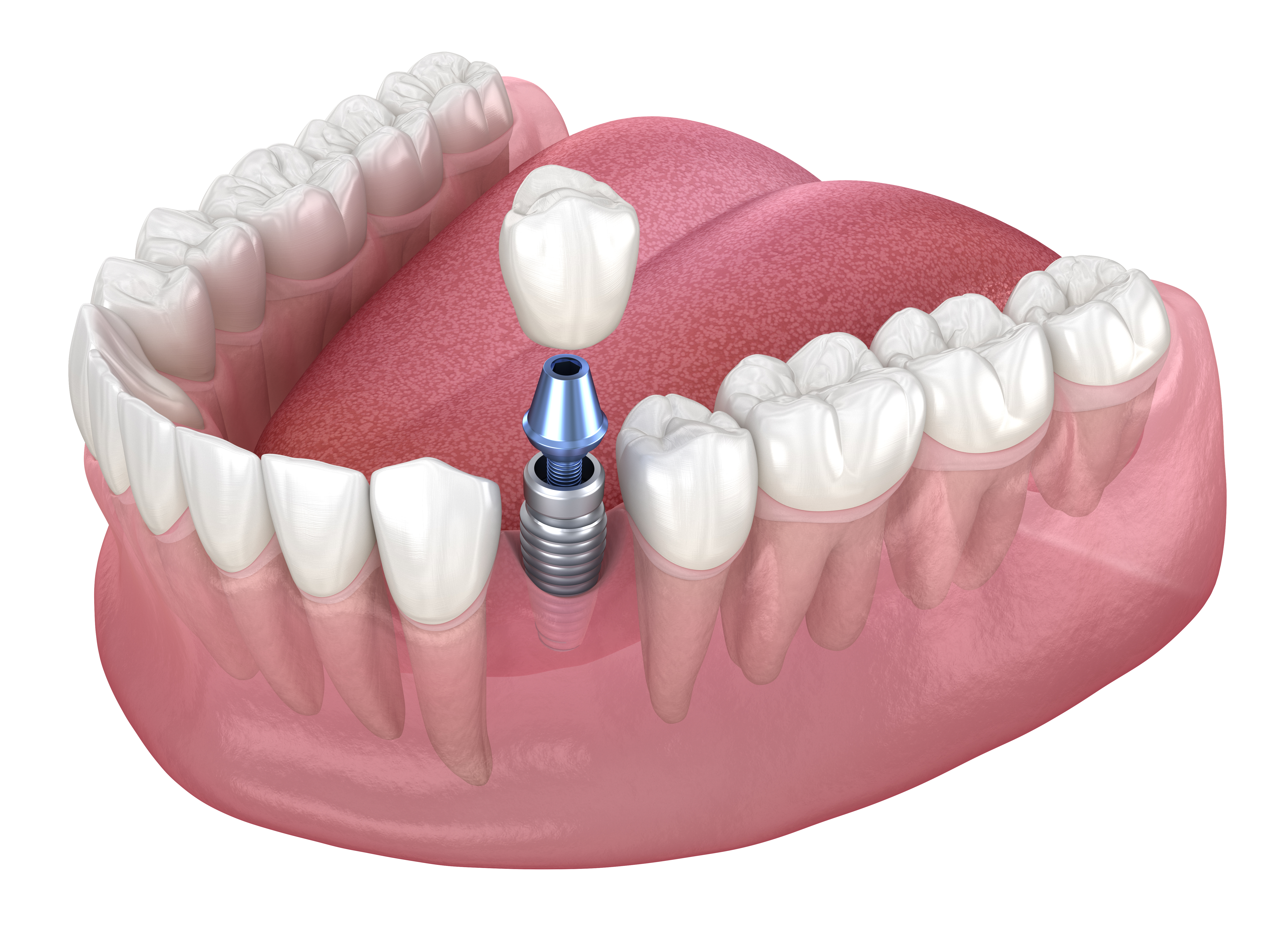Non-Screw Dental Implants: A Modern Option Worth Discovering
When it comes to replacing missing teeth, dental implants have revolutionized modern dentistry by providing a durable and natural-looking solution. While traditional screw-type implants dominate the market, non-screw dental implants represent an innovative alternative that's gaining attention among both dental professionals and patients. These advanced implant systems offer unique benefits and may be particularly suitable for certain clinical situations where conventional screw implants face limitations.

How Non-Screw Implants Differ from Screw-Based Options
Non-screw dental implants, also known as press-fit or compression implants, fundamentally differ from traditional screw implants in their design and installation method. Instead of threading into the jawbone like a screw, these implants are precisely fitted into a prepared socket and held in place through compression and friction.
The key distinction lies in the surface interaction with bone tissue. Traditional screw implants rely on their threaded design to achieve initial stability and create micro-movements that stimulate bone growth. Non-screw implants, however, utilize a smooth or textured cylindrical design that creates immediate intimate contact with the surrounding bone walls.
This compression-fit approach often results in better initial stability, particularly in softer bone types where screw implants might struggle to achieve adequate primary retention. The design also eliminates the risk of over-torquing during placement, which can sometimes damage surrounding bone tissue in traditional implant procedures.
Typical Conditions and Treatment Timeline
Non-screw dental implants are particularly beneficial for patients with specific bone conditions or anatomical considerations. They work exceptionally well in cases where patients have softer bone density, as the compression fit can provide superior initial stability compared to threaded alternatives.
The treatment timeline for non-screw implants often follows a similar pattern to traditional implants, typically spanning three to six months for complete osseointegration. However, many patients experience faster initial healing due to the reduced trauma during placement. The precise socket preparation and gentle insertion technique minimize tissue damage and often result in less post-operative discomfort.
Ideal candidates include patients requiring immediate implant placement after tooth extraction, those with limited bone height or width, and individuals who have experienced complications with traditional screw implants. The system is also suitable for patients seeking a less invasive implant procedure with potentially shorter chair time.
Cost Advantages Compared to Screw Implants
The financial aspects of non-screw implants present several interesting considerations when compared to traditional screw-based systems. While the implant hardware itself may carry a similar price point, the overall treatment costs can differ significantly due to various factors in the treatment process.
| Treatment Component | Traditional Screw Implants | Non-Screw Implants | Estimated Cost Range |
|---|---|---|---|
| Implant Hardware | $800-$1,500 | $900-$1,600 | Per implant unit |
| Surgical Procedure | $1,500-$3,000 | $1,200-$2,500 | Including placement |
| Abutment and Crown | $1,000-$2,000 | $1,000-$2,000 | Final restoration |
| Total Treatment Cost | $3,300-$6,500 | $3,100-$6,100 | Complete treatment |
Prices, rates, or cost estimates mentioned in this article are based on the latest available information but may change over time. Independent research is advised before making financial decisions.
The potential cost advantages of non-screw implants often stem from reduced surgical complexity and shorter procedure times. Many dental professionals report that the streamlined placement process can reduce chair time by 20-30%, which may translate to lower surgical fees. Additionally, the reduced risk of complications and potentially faster healing times can minimize follow-up visits and associated costs.
Insurance coverage for non-screw implants typically follows similar guidelines to traditional implant procedures, though some carriers may require additional documentation due to the newer technology. Patients should verify coverage details with their insurance providers and discuss payment options with their dental teams.
Clinical Success and Long-term Outcomes
Research into non-screw dental implants shows promising results regarding long-term success rates and patient satisfaction. Clinical studies indicate that these implants achieve comparable osseointegration rates to traditional screw implants, with some research suggesting superior performance in specific bone types.
The immediate stability provided by the compression-fit design often allows for faster loading protocols, meaning patients can receive their final crowns sooner in many cases. This accelerated treatment timeline not only improves patient satisfaction but can also contribute to better soft tissue healing and aesthetic outcomes.
Patient comfort during and after the procedure is frequently cited as a significant advantage. The gentle placement technique and reduced surgical trauma often result in less post-operative swelling and discomfort, allowing patients to return to normal activities more quickly.
Non-screw dental implants represent a valuable addition to modern implant dentistry, offering unique advantages for specific clinical situations and patient needs. While they may not be suitable for every case, their innovative design addresses certain limitations of traditional screw implants and provides dental professionals with additional treatment options. As with any dental procedure, thorough consultation with a qualified implant specialist is essential to determine the most appropriate treatment approach for individual circumstances.
This article is for informational purposes only and should not be considered medical advice. Please consult a qualified healthcare professional for personalized guidance and treatment.




